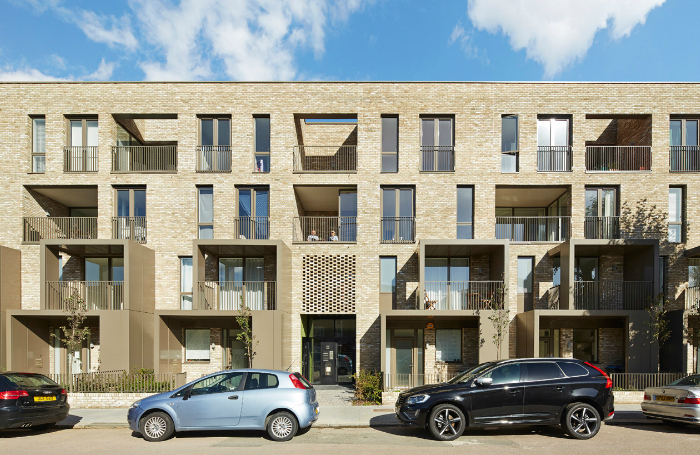The 'Estate Regeneration National Strategy' was published in December 2016.
105 estates have now been granted funding from the £32m Estate Regeneration Fund following an announcement by Communities Secretary Sajid Javid on 24 March. This will be distributed among local authorities and housing associations alongside £140m of additional loan funding.
For those committed to giving residents a genuine stake in the design and development process, the key element of the strategy is the ‘Estate regeneration: resident engagement and protection’ document.
The RIBA has welcomed the guidance, which stresses the need for early and continuous open discussions with all residents, be they tenants, owner-occupiers or private landlords; to build trust between all parties, deliver positive change with minimum disruption to existing residents and create a platform for inclusive, long-term estate management.
The strategy states that this process should be owned and led by the landlord or the local authority, and makes provision for the possible use of an independent third party to facilitate the engagement. The masterplanner or lead project architect has a very important role to play in supporting the client to deliver effective, continuous engagement. They can do a great deal to ensure that information is presented clearly, and in ways that facilitate understanding, engagement and decision-making at key points in the process.
The engagement strategy includes an outline template for a residents’ charter, recommending that this is used to set out what tenants and leaseholders have a right to expect and what their options are, including opportunities for shared ownership and equity.
This is familiar territory for experienced housing architects but the government’s guidance gives important backing to good practice, lends weight to the principles of transparent engagement and strengthens the architect’s professional mandate to support all parties in meaningful engagement.
‘The resident engagement and protection measures are significant for architects because they create clear expectations for client housing associations, local authorities and development partners that residents should be given a role within the design and development process and will inform ongoing estate management plans,’ says Dhruv Sookhoo, visiting lecturer at Newcastle University and RIBA Housing Group member.
He believes it usefully frames the professional practice issues facing architects charged with balancing the rights and responsibilities of the client side and their tenants through design-led engagement processes.
‘The engagement strategy is a good start. It gives architects a platform to promote good practice, including giving residents a voice and an informed stake in the design and development process,’ Sookhoo adds.
Helping clients implement the strategy effectively might include a discussion of the resources required to engage residents meaningfully in the process. Architects also have a key role to play in developing tangible scenarios that help residents understand the practical implications of different strategies, such as the extent of any demolition or proposed phasing to minimise disruption.
Positively, the guidance calls for development partners to establish the support of the majority of residents whose lives will be affected by regeneration through their participation in existing or new resident forums. However, it is silent on how majority decisions should be determined and how residents should be involved in testing, realistic design proposals.
To protect the rights of underrepresented groups and support community cohesion the guidance advises development partners to invest in participation support; the challenge of accommodating minority and majority interests with the design process should not be underestimated.
‘As professionals, architects have a responsibility to uncover and where possible reconcile differing needs and aspirations through the design process. Architects should be alive to the potential and honest with residents about the fact that in some estate regeneration situations not all of the models of resident offer will be available, either for reasons of development economics or local housing economics,’ Sookhoo adds.
‘Architects should also keep in mind that the Residents’ Charter Template is just that, a template. Where the design process reveals a need to extend or enrich the charter to better reflect residents’ needs and aspirations or the realities of the development, architects will likely best serve their clients by testing the Charter as they would other elements of the brief .’
Thanks to Dhruv Sookhoo, visiting lecturer at Newcastle University and RIBA Housing Group member.
Text by Neal Morris, © RIBA










